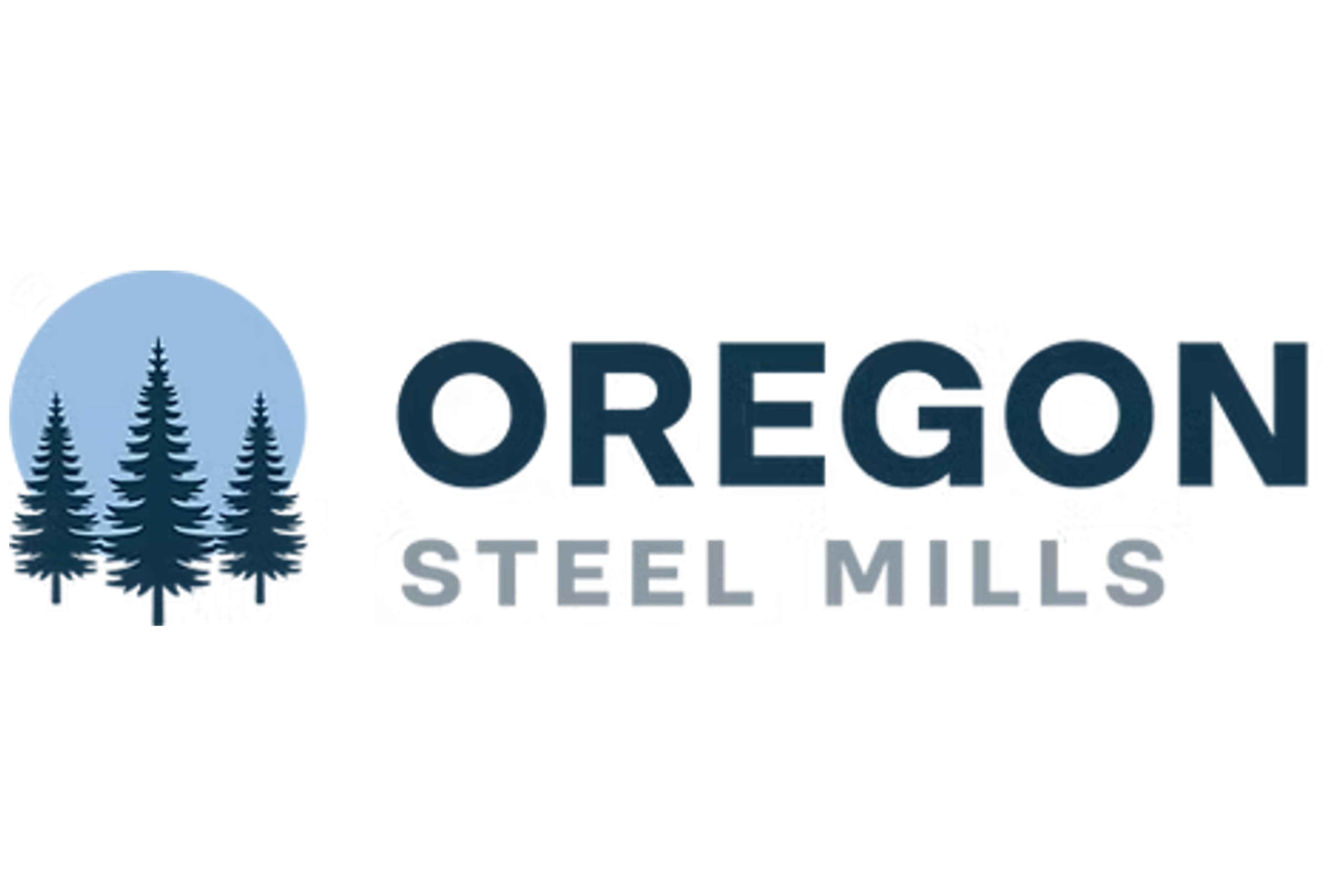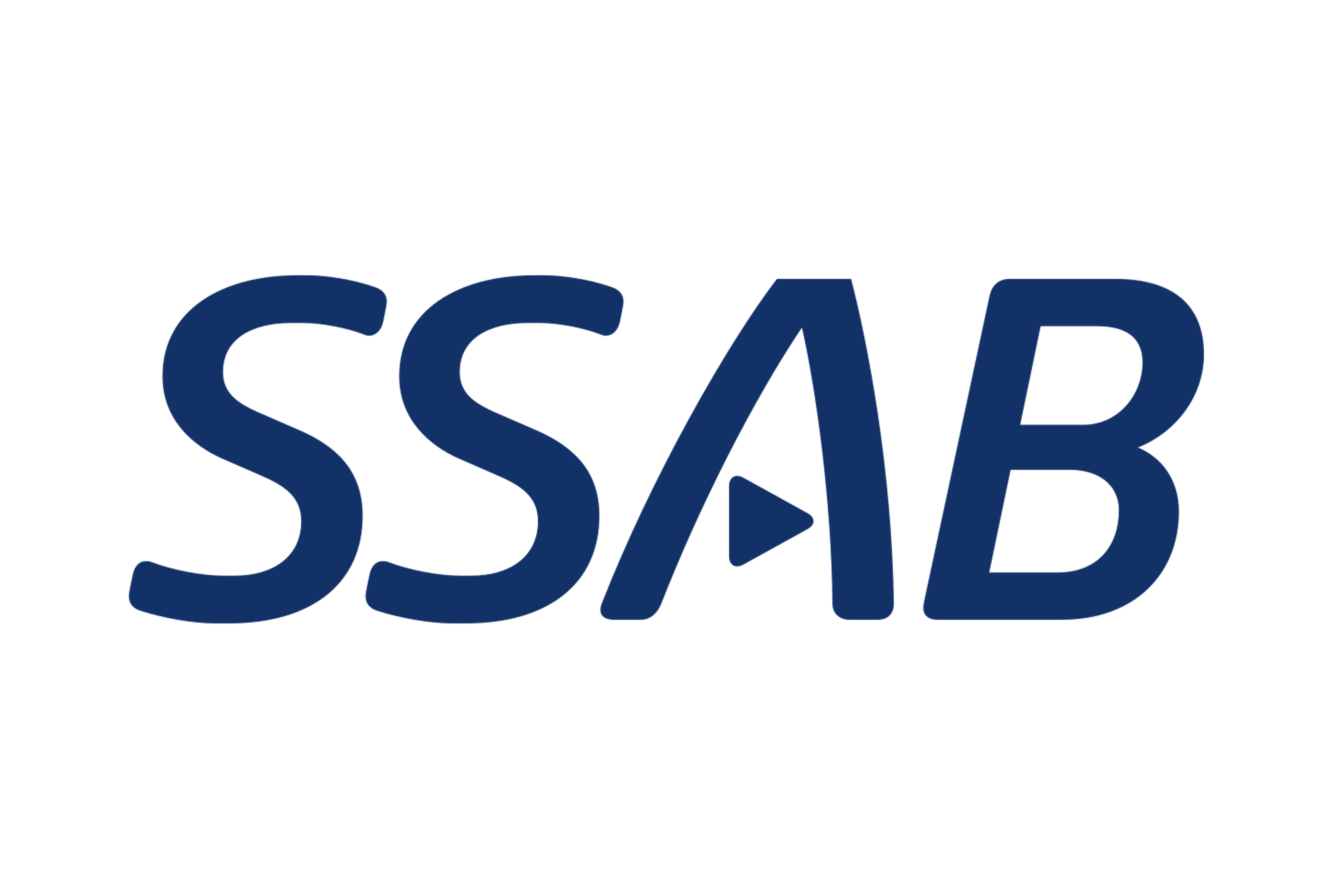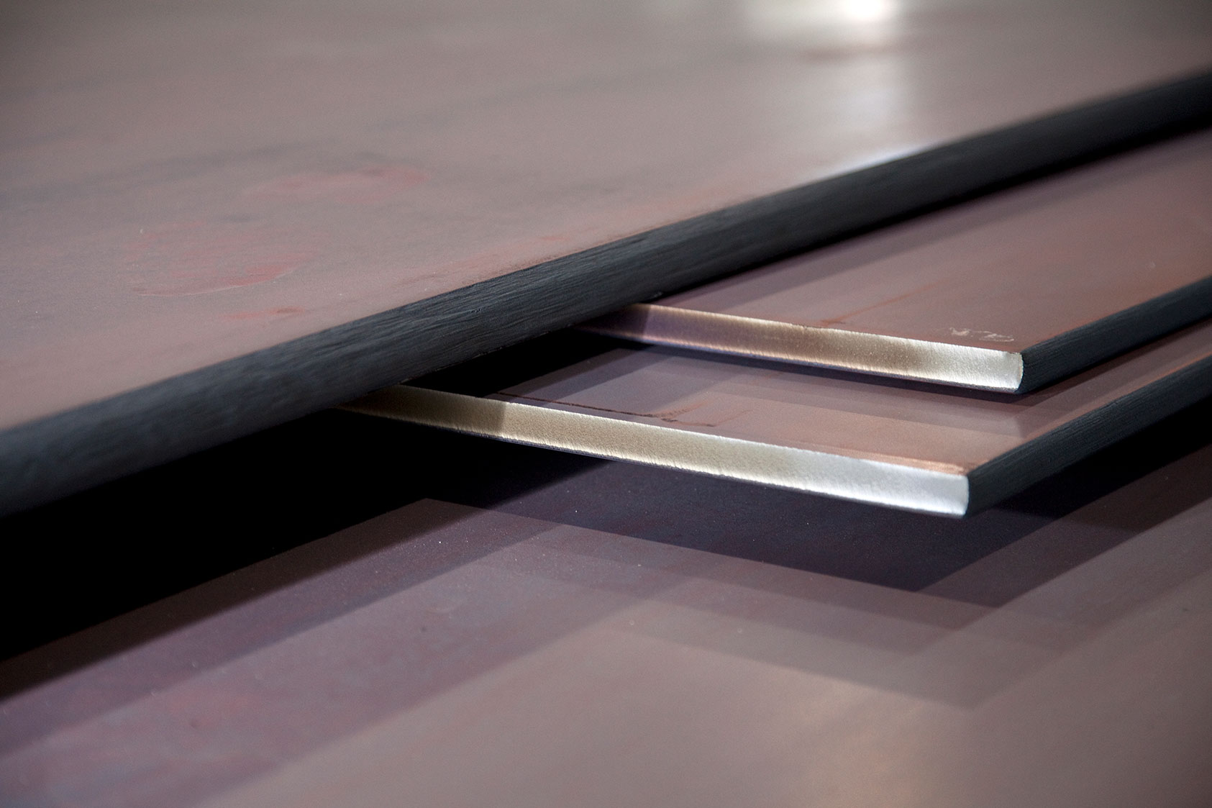Prices

February 12, 2015
Hot Rolled Futures: Trouble in Paradise
Written by Andre Marshall
The following article on the futures market was written by Andre Marshall, CEO of Crunch Risk, LLC and our instructor for Managing Price Risk I and II workshops.
Financial Markets:
Too bad we’re not all money managers as life would be pretty easy – just keep your customer long the market, sit back, and enjoy your popcorn. The S+P continues to perform in this low interest rate environment. We are last 2076 on the March future and on our way to take out the highs at 2085.75 set Dec. 26th. There is lots of talk about higher rates with some fairly decent employment and wage data, but I am not a believer in this story. I think the Fed is very concerned about the strong USD and will stay the course on an easy policy. In fact, it would not surprise me if we started seeing negative language coming out of the Fed, whether that be around concerns over loss of jobs in energy or concern over the fate of Manufacturing exports in the face of a strong USD.
Commodities clearly are a very different story than equities and are reflecting the reality in the global world on real demand; it’s poor. That said there are some signs of hope as the markets have rebound since January 29th. Clearly the ferrous suite has not been sent this memo. Crude and Copper both put in their lows on Jan 29th at $43.30/bbl. and $2.4330/lb. respectively. They have since rallied with Crude trading today around $50/bbl on the march contract and Copper trading $2.2925 on the Mar contract. Resistance for copper is just above around $2.63/lb. and for Crude it sits around $57/bbl.. Think we will test resistance, but very unclear what markets do from there. In the Ferrous suite, Iron Ore has actually stabilized, albeit near its lows, but has done so for about 3 weeks.
Steel:
Hot Rolled (HR) continues to slide on the futures, which is following spots demise in this oversupplied market. HR appears to be the biggest culprit as lack of OCTG business removes what would have otherwise been an outlet for excess units. But imports are affecting all flat products and record volume in January of 3.9 million tons is demonstrative of the problem. A trade case may very well be on its way (I would think pretty likely), but the timing of such an action a lot more uncertain as poor financial results will have to be demonstrated to have any chance of success, and we have yet to see a Quarter of that yet.
I think imports are a systemic problem in the medium term and one the mills will want to address once and for all, and so the ability to win a case is tantamount. Inventories on the ground also scare however. It is likely that most of the imported inventory is already spoken for in long term CRU or fixed price deals. So this is not an inventory that needs to be worked off in the next couple months, but rather one that will work off over the course of the year.
CRU came out $537 per short ton (ST) down $6/ST and appears high compared to reality on the ground, but remember CRU will always capture some high price just-in-time spot sales and these are weighted by whatever larger spot deals are transacting. Clearly lots of lower offers are out there, but not much actual transactions yet and so the higher priced spot is only being weighted by an equal lower priced spot transactions. When buyers, who have literally been sitting on their hands in this deflationary environment, decide to move on their pent up March and even April orders the spot transactions will reflect in a lower CRU prices reflecting reported deals – probably in the coming few prints.
Futures have followed the spot down as nearby months are sold from a directional play and even Q3 and some Q4 are sold to protect inventory. March/April I traded today at $532, and Q2 last traded $535/ST, Q3 $566/ST and Q4 $578/ST. Buyers are starting to have a serious look at the back end as levels are becoming quite attractive historically..Meanwhile others are looking at the healthy contangos and seeing opportunities potentially there, ie: buying nearby months and selling the back end as the differential is looking quite interesting. This is something we go over in our Managing Price Risk workshops – how to take advantage of opportunistic markets.
Volume this week has been 610 lots or 12,200 ST. A quiet week as buyers have been scarce and offers have had to reach for bids.
Below is an interactive graph of the HRC Futures Forward Curve. The graph can only be seen when reading this article while logged into our Steel Market Update website:
{amchart id=”73″ HRC Futures Forward Curve}
Iron Ore:
As I said, quite stable of late with a backwardated curve. We are now dead quiet as China is in its two week New Year. I’d put March either side of $62.75/MT, April either side of $62.00/MT, May either side of $61.50, Q2 either side of $61.90, Q3 either side of $60.15/MT, Q4 either side of $59.75/MT and Cal ’16 either side of $58.50/MT.
Scrap:
February Busheling MidWest came in at $256.16 down $105.76 per gross ton (GT). Holy meltdown Batman! Well with mills not having orders, clearly demand was down and supply was chasing orders, and the hoarding the prior 2-3 months didn’t help. Consensus is that not enough got placed in February and so March will see pressure as well. Some of this will depend on whether mills get orders for March and April in next couple of weeks and if they’ve aligned scrap inventories by that next buy. If so they may be back in for some typical volumes. Typically one would see a bounce after such a route, now that we’re starting at a much lower point a reaction rally is still possible in this scenario. Let’s see how the mills do on March orders as it appears there are a fair amount of pent up orders on the sidelines that may all move at once. Further flows in obsolete are suffering badly at that price point. Primes are probably sufficient to carry the load in the interim, but not indefinitely. CFR Turkey (exports) meanwhile is last $242/MT reflecting the depressed state of MENA (Middle East & Northern Africa) steel demand and the continuing flow of metal from Russia and China. Chinese export prices on flats, as an example, is down to $397/MT ex China port. Looks like a scrap number.
Another one of our interactive graphs is below with the BUS (CME Busheling Scrap) forward curve.
{amchart id=”74″ BUS Futures Forward Curve}





